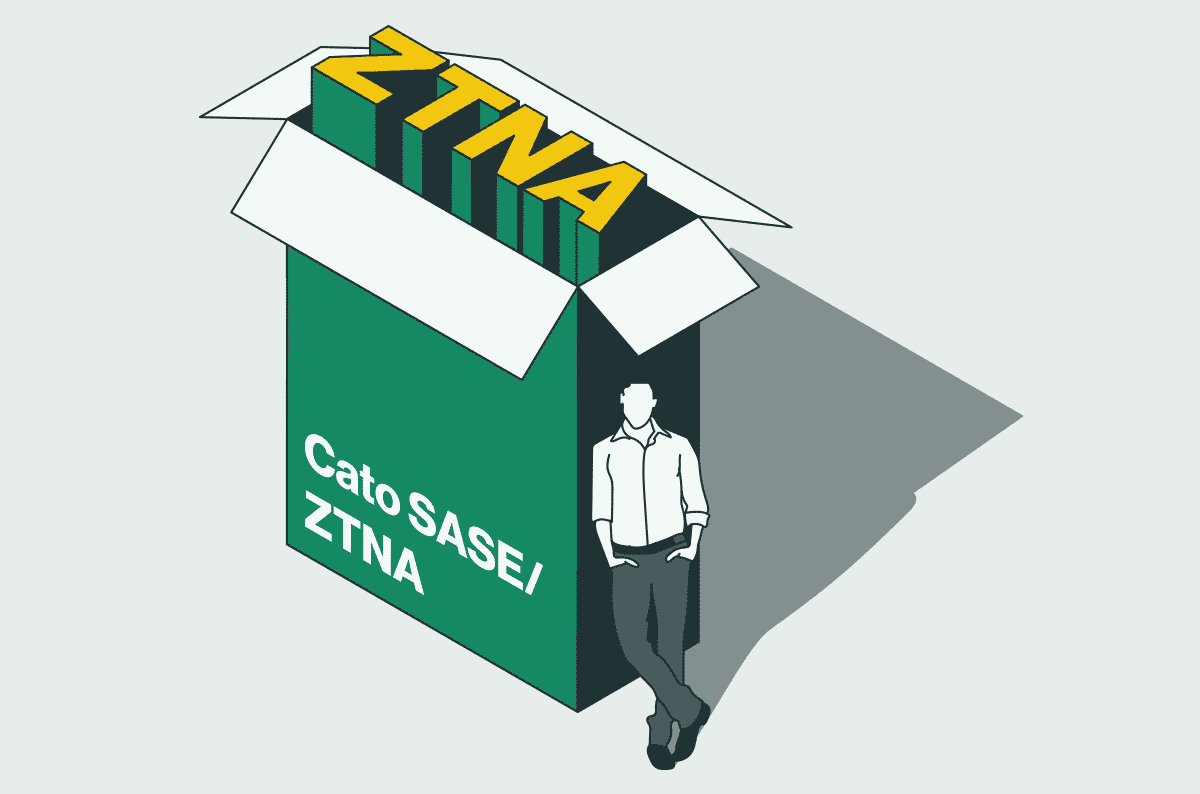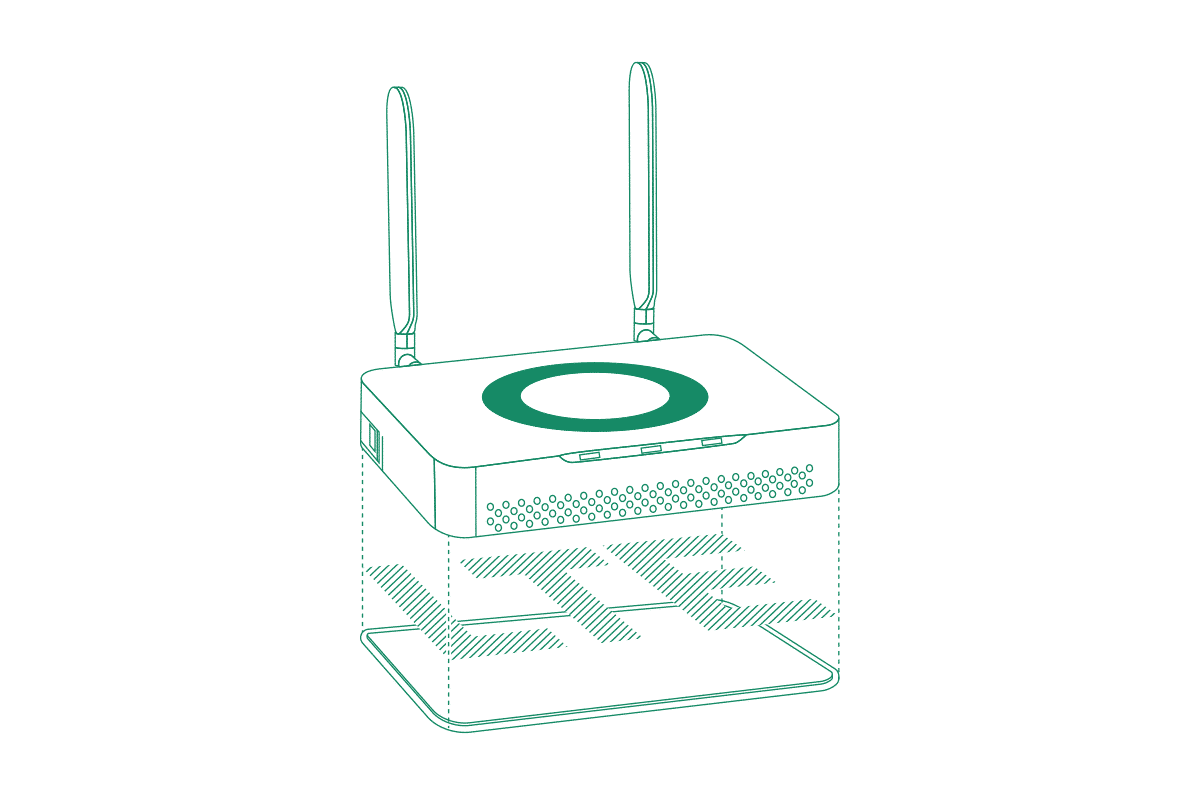Why Moving to ZTNA Provides Benefits for Both MSPs and Their Customers

Table of Contents
|
Listen to post:
Getting your Trinity Audio player ready...
|
The pandemic underscored the importance of secure remote access for organizations. Even beyond the events of these past years, remote work has been normalized and has become an incentive and negotiating point for many prospective hires.
However, many organizations are still reliant on legacy remote access solutions, such as virtual private networks (VPNs), that are not designed for the modern, distributed enterprise. Upgrading to zero trust network access (ZTNA) provides numerous benefits to these organizations.
Main Benefits of ZTNA for MSPs
For Managed Service Providers (MSPs) offering remote access services, making the move to ZTNA can significantly help their customers. However, it is not just the customer who benefits. An MSP that makes ZTNA part of its service offering can reap significant benefits, especially if it is deployed as part of a Secure Access Service Edge (SASE) offering. Let’s take a closer look at some of the key benefits:
Tighter Security Controls
VPNs are designed solely to provide a secure network link between two points. VPNs have no built-in traffic inspection capabilities and provide users with unrestricted access to corporate resources.
By using VPNs for secure remote access, organizations expose themselves to various cyber threats. Cyber threat actors commonly target VPNs with credential stuffing attacks, hoping to take advantage of compromised credentials to gain full access to the enterprise network. VPNs are also prone to vulnerabilities that attackers can exploit to bypass access controls or eavesdrop on network traffic.
ZTNA provides the same remote access capabilities as VPNs but does so on a case-by-case basis that allows effective implementation of least privilege access controls. By deploying ZTNA to customer environments, MSPs can reduce the occurrence and impact of security incidents. This results in an improved customer experience and reduced costs of recovery.
Poor VPN Scalability Hurts Productivity and Security | EBOOKImproved Visibility and Control
VPNs provide unrestricted access to the corporate network, providing a user experience similar to working from the office. Since VPNs don’t care about the eventual destination of network traffic, they don’t collect this information. This provides an organization or their MSP with limited visibility into how a VPN is being used.
ZTNA provides access to corporate resources on a case-by-case basis. These access decisions are made based on the account requesting the access, the resource requested, and the level of access requested. Based on this data and an organization’s access controls, access is permitted or denied.
ZTNA performs more in-depth traffic inspection and access management as part of its job, and these audit logs can provide invaluable visibility to an MSP. With the ability to see which accounts are remotely accessing various resources, an MSP can more easily investigate potential security incidents, identify configuration errors and other issues, and strategically allocate resources based on actual usage of IT infrastructure and assets.
Improved Customer Satisfaction
During the pandemic, the performance and scalability limitations were laid bare for all to see. Many organizations needed to rapidly shift from mostly on-site to remote work within a matter of weeks. To do so, they often deployed or expanded VPN infrastructure to support a workforce much larger than existing solutions were designed to handle.
However, VPNs scale poorly and can create significant performance issues. Remote access deployments built on VPNs overwhelmed existing network infrastructure, created significant latency, and offered poor support for the mobile devices that remote workers are increasingly using to do their jobs. During the pandemic, employees experienced significant network latency as traffic to cloud-based applications and data storage was backhauled through on-prem data centers by VPN appliances. As a result, employees commonly sought workarounds – such as downloading sensitive data to devices for easier access or using unapproved services – in order to do their jobs.
ZTNA solutions provide optimized performance and better security by moving away from the perimeter-focused security model of VPNs. As corporate infrastructure and resources move to the cloud, employees need high-performance access to SaaS solutions, and routing traffic to these solutions via the corporate network makes no sense. ZTNA makes it possible to perform access management in the cloud and improve the user experience.
For MSPs, improving the end user experience also improves the experience of their customers, who need to listen to employees’ complaints about performance and latency issues. Additionally, ZTNA enables an MSP to eliminate inefficient routing, which creates unnecessary load on their infrastructure and can make it more difficult to meet customer expectations for network performance.
Value-Added Functionality
VPNs provide bare-bones network connectivity for remote users. If an organization wants additional access control or to secure the traffic flowing over the VPN connection, this requires additional standalone solutions.
By making the move from VPNs to ZTNA for secure remote access, an MSP can expand the services offered to their customers with minimal additional overhead. ZTNA offers access management, and so can an MSP. The data generated by ZTNA can be processed and displayed on dashboards for customers looking for additional insight into their network usage or security. MSPs can provide ongoing support services for the management and maintenance of ZTNA solutions.
SASE Supercharges ZTNA
Making the move to ZTNA for their secure remote access offerings makes logical sense for MSPs. ZTNA provides more functionality, better performance and security, and simpler management and maintenance than VPN-based infrastructure.
However, the benefits of ZTNA can be dramatically expanded by deploying it as part of a SASE solution. SASE is deployed as a network of cloud-based points of presence (PoPs) with dedicated, high-performance network links between them. Each SASE PoP integrates ZTNA with other security and network optimization features, providing high-performance and reliable connectivity and enterprise-grade security for the corporate WAN.
Making the move to ZTNA streamlines and optimizes an MSP’s remote access services offering. Deploying it with SASE does the same for an MSP’s entire network and security services portfolio.















